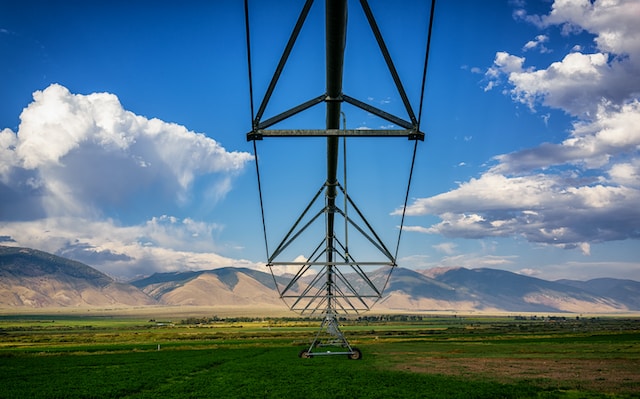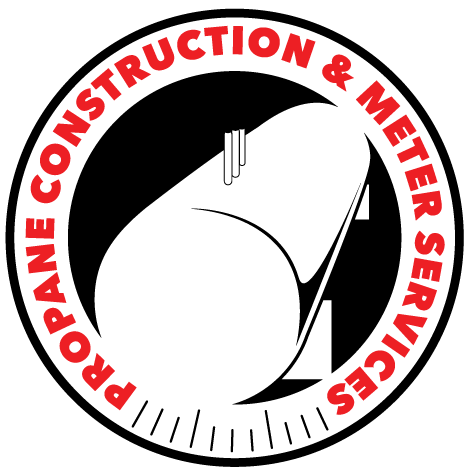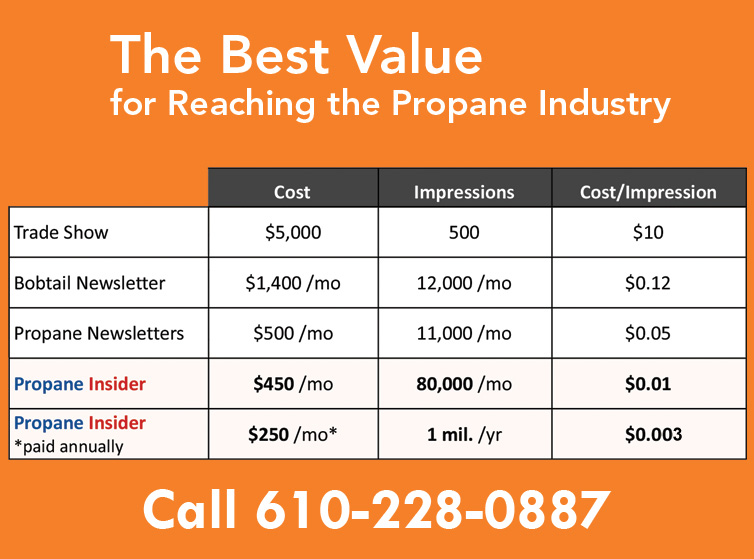Conventional Crop Season Opens Up Prospects for Propane-Driven Irrigation

Midwestern farmers anticipate a regular crop cycle and grain drying period, according to the current corn farming timelines. This presents an opportunity for industry professionals to enlighten farmers about the multifaceted benefits that propane irrigation engines can offer, particularly when it comes to upgrading or retiring old machinery.
When pitted against diesel engines, propane-based systems provide greater efficiency, reliability, environmental friendliness, and cost savings. Notably, farmers who transitioned to propane have reported a 28% performance boost and fuel cost reductions of almost 45%.
State-of-the-art propane engines have received certifications from the Environmental Protection Agency (EPA) and the California Air Resources Board (CARB). Developed and manufactured by leading industry players, these engines are specifically built to utilize propane, thus ensuring a reliable and consistent power source at the farmers’ convenience. Given the independent operational system and portability of propane, farmers can mitigate concerns related to grid power fluctuations or inconsistent gas line performance.
The cutting-edge propane irrigation engines can deliver continuous power output up to 300 horsepower. Beyond the engine technology, producers can leverage remote operation and monitoring systems to manage their farms effectively.
In the context of increasing environmental concerns, propane irrigation engines are commended for generating up to 18% fewer greenhouse gas emissions when compared to gasoline and diesel variants. This not only aids in environmental conservation but also translates to cleaner engines with fewer deposits. The result is extended engine longevity and reduced maintenance requirements.
Furthermore, the adoption of propane negates the need for farmers to devise intricate EPA spill prevention measures that are mandatory for diesel and gasoline engines. EPA and CARB-endorsed propane models can be procured across all 50 states.
A promising engine model set to revolutionize the agricultural sector is the new 7.3L engine by EDI, anticipated to find extensive use in agricultural irrigation.
Incentive Augmentation
Investors in propane irrigation engines are eligible for benefits under the Propane Farm Incentive Program (PFIP), implemented by the Propane Education & Research Council (PERC). New engines boasting EPA and/or CARB certifications can procure $300 per liter of displacement for pumping purposes.
The PFIP is an initiative designed to provide financial incentives – up to $5,000 – towards the purchase of innovative propane-powered agricultural equipment. Participants, in return, are required to share empirical performance data with PERC (applications accepted until the end of the year at propane.com/farmincentive).
In the wake of the catastrophic tornadoes that hit the Midwest earlier this year, the incentives have been increased for agricultural operations directly affected. Until December 31, 2023, affected farmers can receive double the incentive for the same eligible propane-powered equipment. This includes $300 per liter of fuel displacement for irrigation engines, up to $30/kW for generators, $1,500 for flame weeding systems, and $2,000 for agricultural heaters. The eligibility will be corroborated using zip codes and National Weather Service information.
This boost in incentives aims to provide financial relief to producers as they recover from the unexpected havoc wreaked by tornadoes.
Early Refilling Advocacy
We strongly encourage industry professionals to work proactively with agricultural clients to secure the required propane supply throughout the harvest and winter seasons. By refilling tanks early, farmers can realize significant savings.
Given the prevailing industry-wide driver shortage coupled with extended emergency driver training requirements, the necessity for early refills of customer tanks is greater than ever. Secondary storage refills should be performed frequently when pipeline capacity is readily available and demand is low. It’s important to remember that pipeline infrastructure is not intended to meet peak demand exclusively.
















